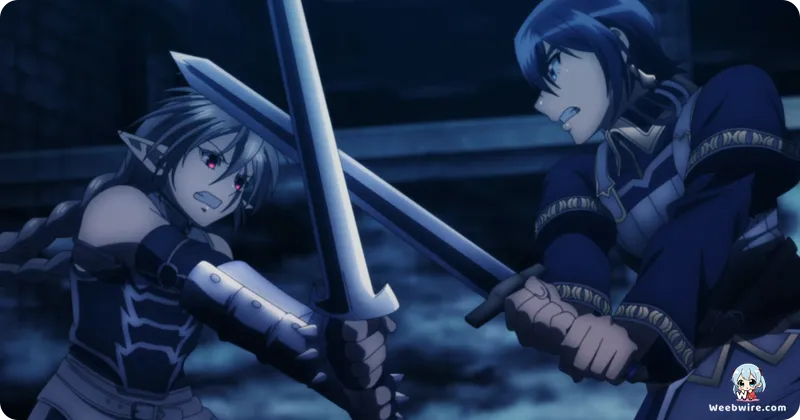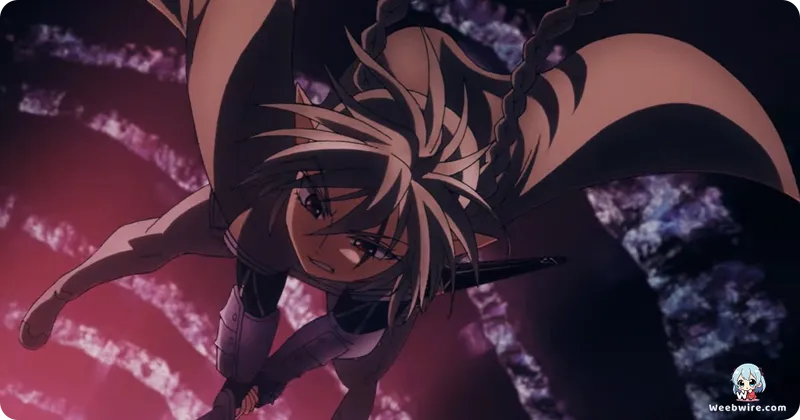The Political Genius of Übel Blatt: Unpacking the Germanic Lore and Historical Revisionism in Shiono's Epic

The Epic Scope of Übel Blatt
Etorouji Shiono’s extensive dark fantasy epic, Übel Blatt, is recognized as a significant achievement in the genre. It moves beyond standard revenge narratives to provide a detailed examination of political manipulation and the lasting impact of historical revisionism. Spanning over fifteen years of serialization, this critically acclaimed manga saga is not merely a quest for vengeance. It serves as a meticulous deconstruction of the 'hero' myth, exploring the immense societal cost required to maintain a fabricated historical truth.
Germanic Nomenclature and World-Building
The foundational world-building of Übel Blatt is distinctly characterized by its deep use of Germanic nomenclature. The title itself, which translates to “Evil Leaf” or “Wicked Blade,” sets a somber tone. Names of central figures, such as Koinzell, Ascheriit, and Gleiß, reinforce this linguistic choice, establishing a rugged, quasi-medieval European setting. This consistent and deliberate adherence to German terminology grounds the Wischtech Empire in a weighty, historical context. It immediately signals the complex feudal and political machinations that drive the central conflict, lending the narrative an epic scope rarely observed in contemporary high fantasy.
A Fifteen-Year Serialization Journey
The series’ complex publication journey highlights the creator's substantial commitment to the narrative. Übel Blatt launched in 2004 within Square Enix’s Young Gangan magazine. It experienced several necessary hiatuses before eventually transitioning to the publisher’s Big Gangan. The manga finally reached its dramatic conclusion in 2019. This nearly fifteen-year serialization allowed the intricate plot to fully mature, dedicating the required time to explore the long-term, devastating ramifications of betrayal. It also detailed the slow, arduous path Koinzell must traverse to uncover truth and achieve redemption, a narrative depth afforded by its impressive longevity.
Koinzell: The Duality of the Protagonist
At the core of the story lies the compelling duality of the protagonist, Koinzell, who was once the revered hero Ascheriit. A powerful visual paradox defines his existence: the legendary 'Hero of the Black Wing' is forced to fight in the guise of a small, seemingly frail, elven warrior. This transformation functions as a potent thematic device, visually representing how the world, blinded by state-sponsored lies, refuses to acknowledge the true identity of the hero.

Koinzell’s brutal power, wielded from this slight frame, subverts established fantasy expectations. It compels readers to confront the pervasive influence of propaganda and challenge the established myths surrounding the three 'Lances of Betrayal.' These former comrades murdered four of the original Seven Heroes and successfully fabricated a history that painted Koinzell as the true villain.
Artistry, Grit, and Realism
Shiono's distinctive and evolving art style is another critical element contributing to the series’ grit and realism. The creator is renowned for his incredibly detailed rendering of armor, weaponry, and architectural structures. Shiono prioritized functional, bulky medieval designs over idealized fantasy wear, which strongly reinforces the Germanic aesthetic of the setting. The combat sequences are visceral and heavy, emphasizing the physical impact of every encounter.
Over its long run, the artwork matured significantly, handling massive battle panoramas and the grotesque realism of Koinzell’s wounds with increasing intricacy. This potent combination of sophisticated political thriller, profound thematic depth, and powerful, evolving artistry cements Übel Blatt as an essential work for dark fantasy connoisseurs seeking narratives that delve beneath the surface of traditional heroism.
Credits
Übel Blatt
Author
Etorouji Shiono
Cover Art
Etorouji Shiono
Studio
Satelight
Publisher
Square Enix
Producers





